Today, scientists are trying to respond to the global challenges facing the biological security of crops and to boost harvests without damaging the environment. Environmental and bio-agricultural research can provide some answers to these questions.
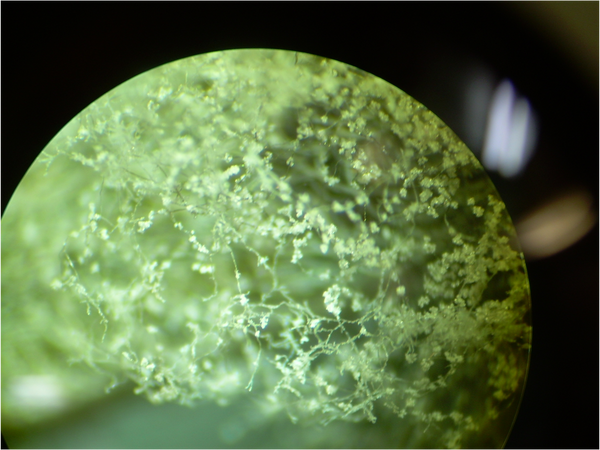
Traditional pesticides, or chemical formulas to fight crop diseases and pests, are now being replaced with environmentally friendly bio-pesticides that can fight most of dangerous bacteria. These biodegradable substances are biodegradable and do not harm people or animals.
This is a pathogen (that causes a gray mold disease in plants) under the microscope.
This is a pathogen (that causes a gray mold disease in plants) under the microscope.
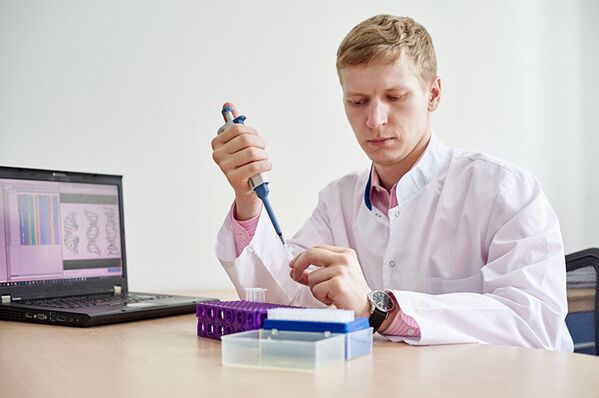
2/10
© Photo : University of Tyumen
Modern bioinformatics allows for creating the optimal bio-pesticide molecule that will help develop an effective formula which will resist the elements.
UTMN postgraduate student Sergei Dyachkov conducting bioinformatics research.
UTMN postgraduate student Sergei Dyachkov conducting bioinformatics research.

3/10
© Photo : University of Tyumen
In an effort to ensure the maximum possible contact between bio-pesticides and plants, scientists have developed a special membrane for the formula’s molecules. The bio-pesticide’s enhanced interaction with the plant will help reduce crop production costs.
Water drops under a stereo-microscope.
Water drops under a stereo-microscope.
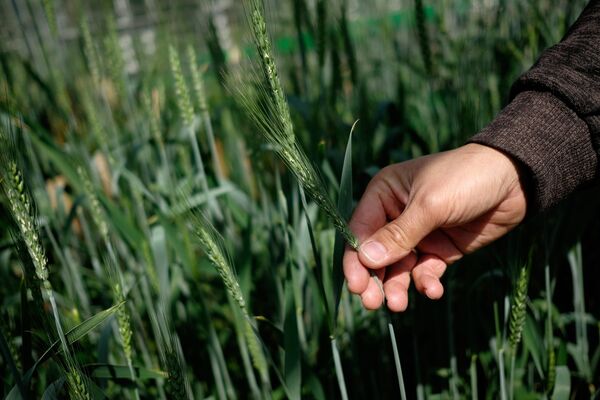
The second goal is to make stable bio-pesticides. Scientists are using 2D-aerosol technology, based on a new phenomenon known as the “droplet cluster,” to address this issue.
Wheat crop flowering.
Wheat crop flowering.
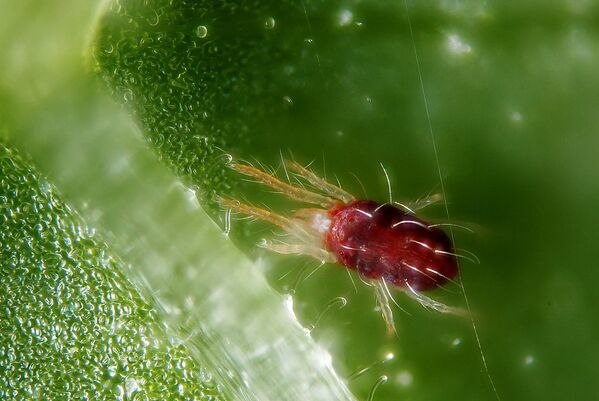
In addition to bacteria, plant-eating mites can seriously damage crops.
The Panonychus ulmi, the European red mite.
The Panonychus ulmi, the European red mite.

Acarologists breed acariphagous mites that will help fight pests, including spider mites.
A predator mite from the Phytoseiidae family.
A predator mite from the Phytoseiidae family.
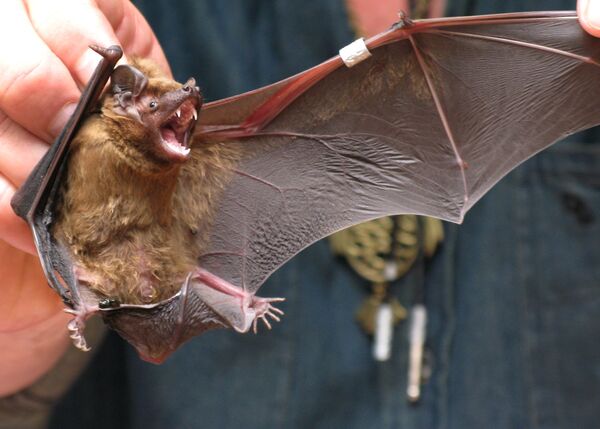
Bats can play an important role in agriculture and forestry by controlling large insect-pest populations. In the past few decades, dangerous white-nose syndrome disease has considerably reduced the bat population. Tyumen scientists and their colleagues from the Czech Republic continue to study this disease.
Researchers attach identification rings on bats at an ornithological station
Researchers attach identification rings on bats at an ornithological station
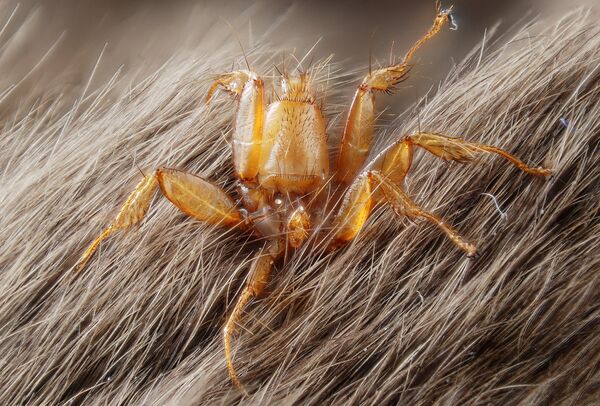
Researchers also study mites and insects being carried by bats. During the next stage, this research will help assess the role of Cheiroptera in circulating the pathogens of dangerous diseases.
A bloodsucking bat-fly, a member of the Nycteribiidae family.
A bloodsucking bat-fly, a member of the Nycteribiidae family.

Soil environmental conditions influence crop yields. “Soil-health” studies are an integral part of research projects. Laboratory experts assess biological-activity levels of soils by studying the qualitative-quantitative specifications of enzymes being created during microbiota metabolism.
Nursery garden staff planting saplings.
Nursery garden staff planting saplings.
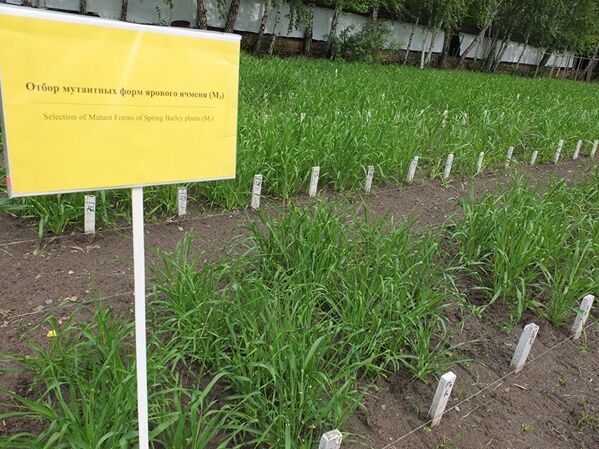
10/10
© Photo : University of Tyumen
By repeatedly selecting more resistant plants in the population, it becomes possible to grow plants that can withstand negative environmental factors more effectively. Scientists obtain new initial materials for selection using previously unstudied mutagens.
An experimental facility for studying the genetic diversity of agricultural crops at UTMN’s Lake Kuchak bio-station.
An experimental facility for studying the genetic diversity of agricultural crops at UTMN’s Lake Kuchak bio-station.



